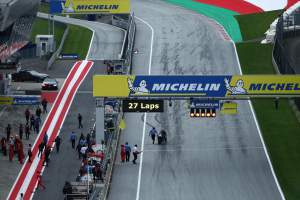until Abu Dhabi Autonomous Racing League

The Red Bull Ring announced ahead of its second consecutive MotoGP event this weekend that it would be inserting a chicane into its bike layout for 2022. Is that enough after the crashes of 2020 and ’21?
Our MotoGP correspondent Simon Patterson is adamant it isn’t, as he explains in this opinion column.
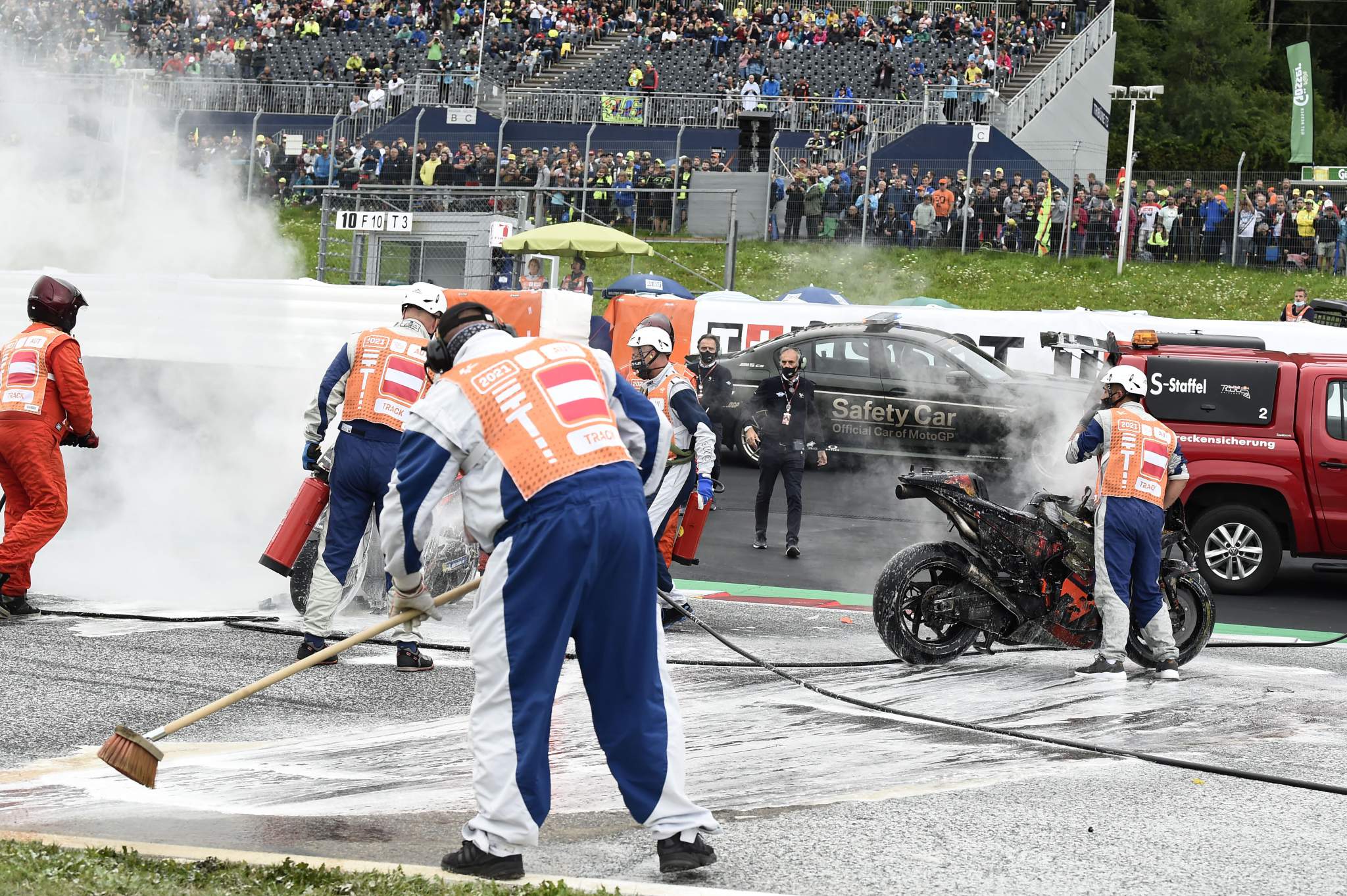
Last weekend Styrian Grand Prix featured something absolutely unique in my time in MotoGP.
The red flags came out at the Red Bull Ring during the race, making it the third time in three grands prix that a race there has been stopped; as many red flags as every other circuit combined in my six years working in the series.
And it confirmed one thing to me: the Austrian track isn’t suitable for grand prix motorcycle racing.
When I aired that view on social media after Dani Pedrosa and Lorenzo Savadori’s fireball crash brought proceedings to a halt last Sunday, a flurry of people rushed to tell me that I was wrong; that a similar crash could have occurred anywhere, as Savadori was unsighted cresting a blind corner.
But the reality of it is, it has now happened twice in a year at the same track.
A very similar crash last year in Moto2 also brought out the red flags.
In that accident, eventual champion Enea Bastianini fell on the exit of the first corner and ex-MotoGP rider Hafizh Syahrin ploughed into his crashed bike as Bastianini scrambled away. That one really left everyone involved very, very lucky to be alive.
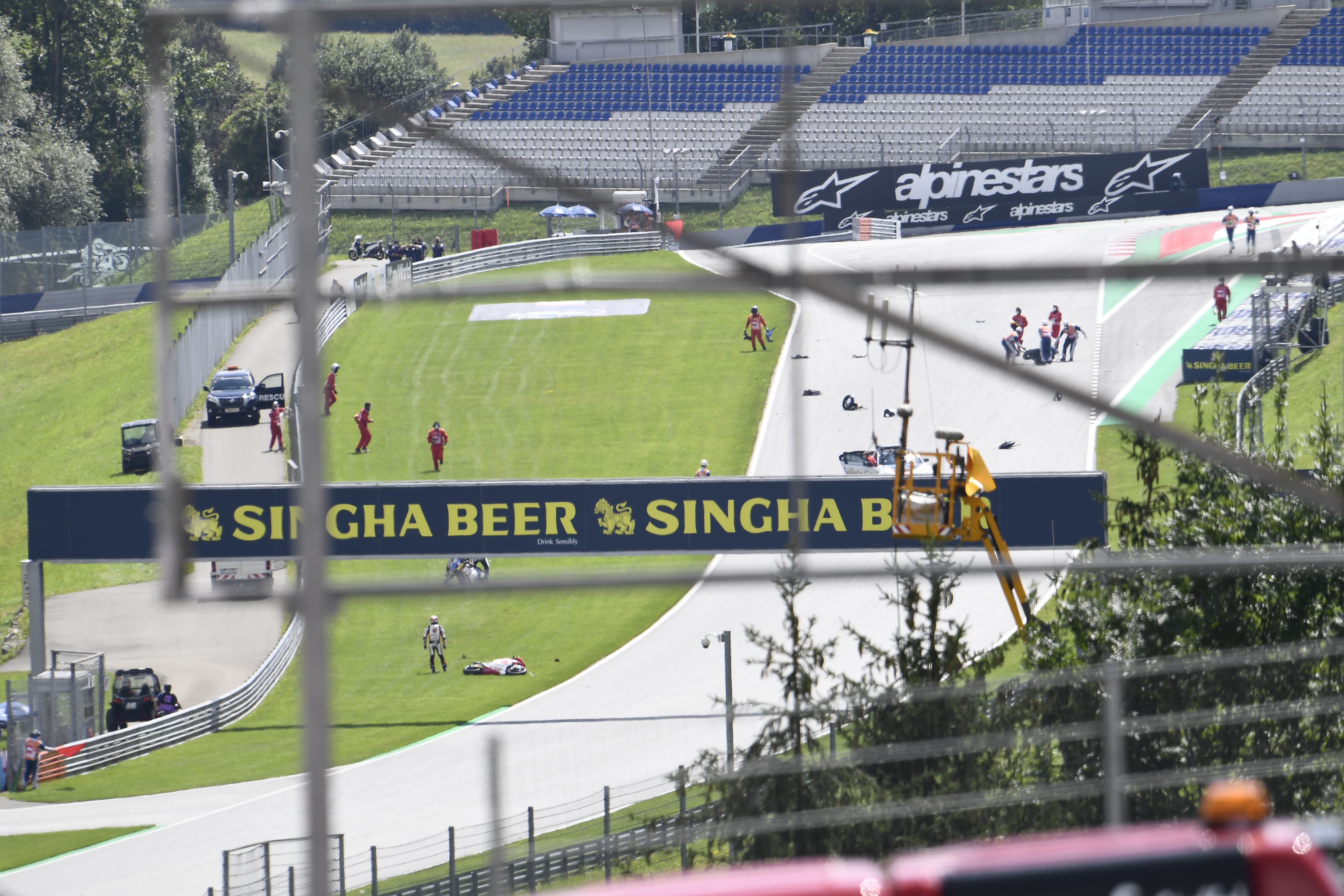
It’s the nature of those two corners, unfortunately. Both Turn 1 and Turn 3, while sharing very different angles and lines, have uphill entries followed by blind turns, the result of which is that the riders are completely unsighted.
Sure, other tracks have similar corners, but clearly based on the evidence we’ve seen, the risk is very high at the Red Bull Ring.
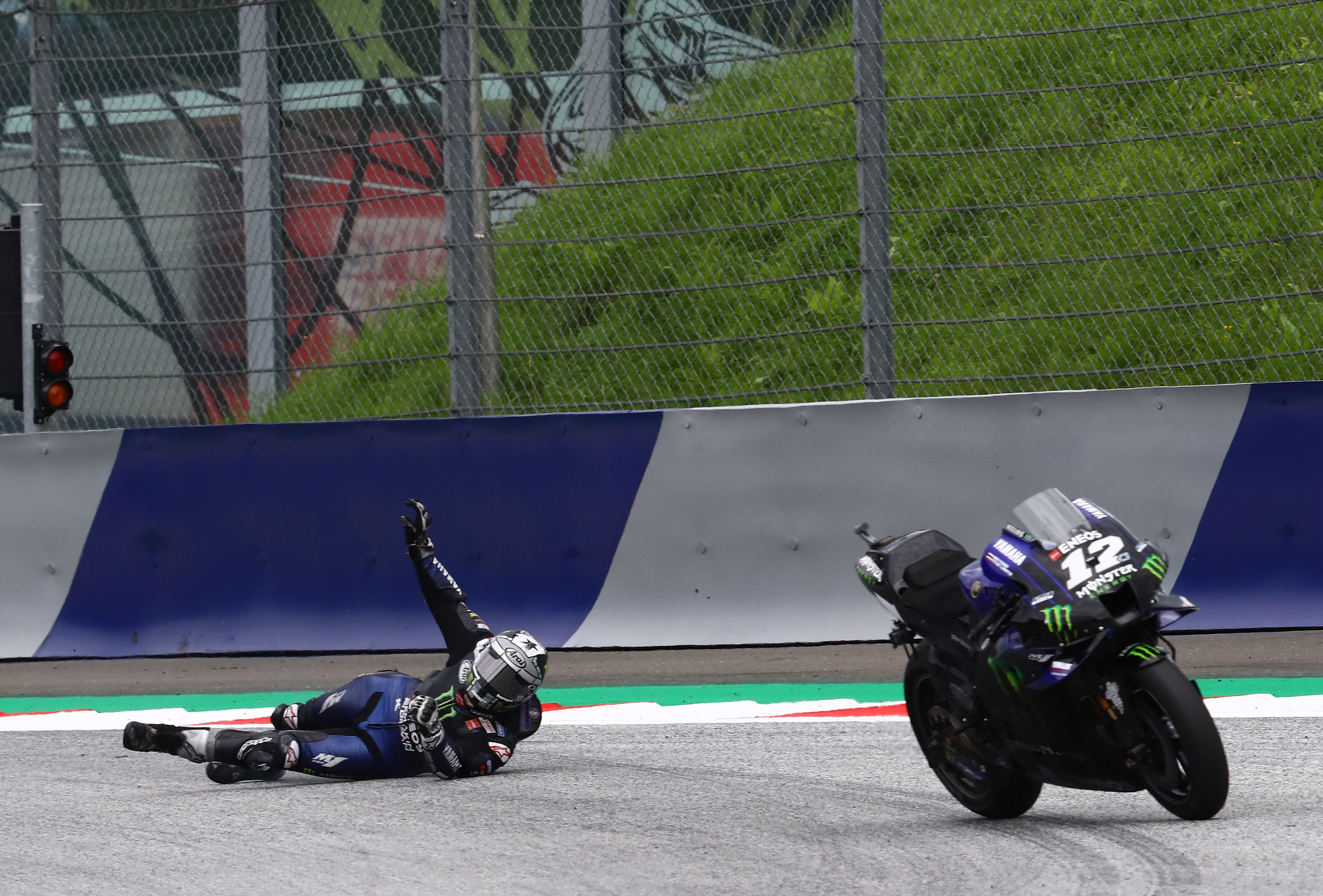
A similar criticism was levelled at my opinion when considering Maverick Vinales’ fall last year, when he was forced to leap from his Yamaha and allow it to plough into the wall at Turn 1, after suffering brake failure.
Sure, it was a component problem – but surely everyone sees how at least some factor in brake failure is down track layout too?
Then, of course, there was last year’s big one, the contact between Franco Morbidelli and Johann Zarco at Turn 2 that left the pair’s bikes hurtling across the racing line at Turn 3, narrowly avoiding both Vinales and Valentino Rossi.
I’ve yet to hear anyone suggest that the track wasn’t responsible for that, with the way that Turn 3 funnels bikes into the firing line of the previous corner.
In fact, all the problem areas on the track lie in the span of less than a kilometre. The issues all arise in the first sector, something that plenty of riders are in agreement with.
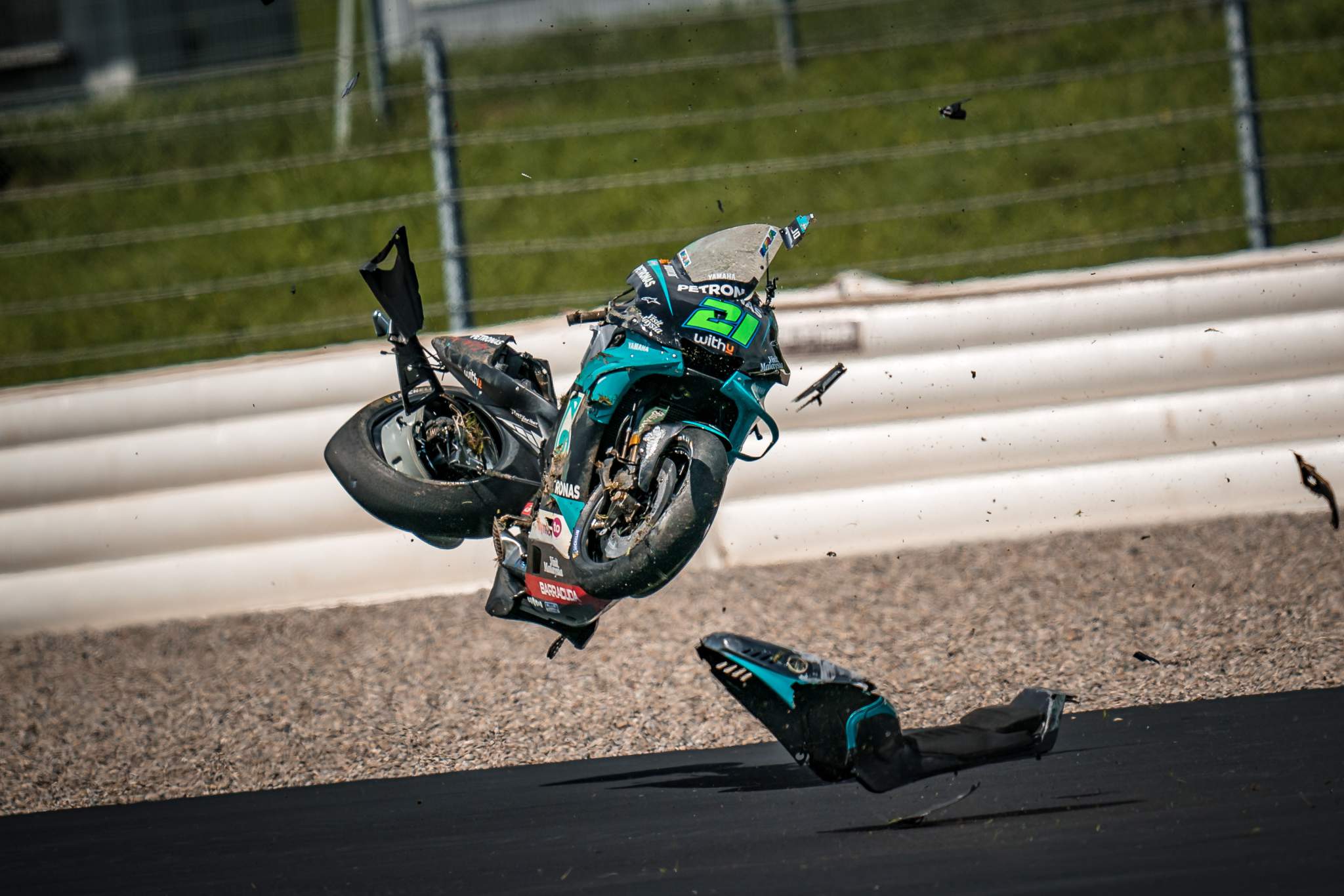
“Turn 3 is critical, it’s really dangerous, especially in the wet,” explained world champion Joan Mir last Sunday.
“What I’ve also seen in this track is Turn 1 as well. The exit of both corners, they have an uphill then a downhill on the exit, and if something happens you don’t see it.
“For sure we saw in Moto2 last year that massive crash and then today with Savadori. It is critical.”
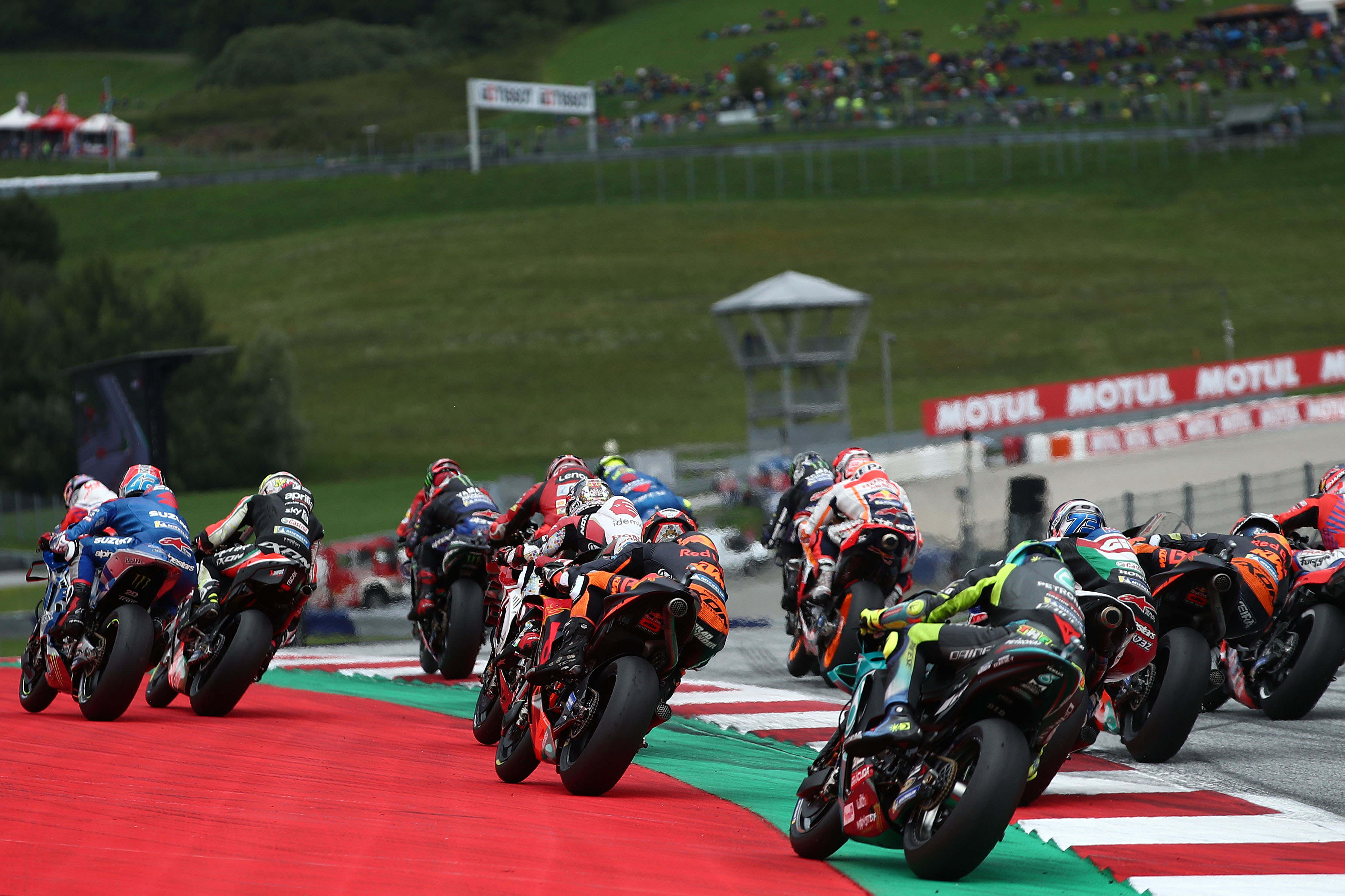
So what’s the solution? Well, the obvious one is to change the layout of the track – something that was promised to the riders after last year’s races but failed to materialise before this week.
It was initially whispered during the off-season that there would be a delay while Red Bull found the funding to alter the layout – a frankly ludicrous notion for an organisation that kicked off last Sunday’s race with a display from its own air force.
But on the Thursday before the Austrian Grand Prix, the circuit finally revealed changes, albeit a sticking plaster solution of simply replacing the current fast Turn 2 kink with a chicane.
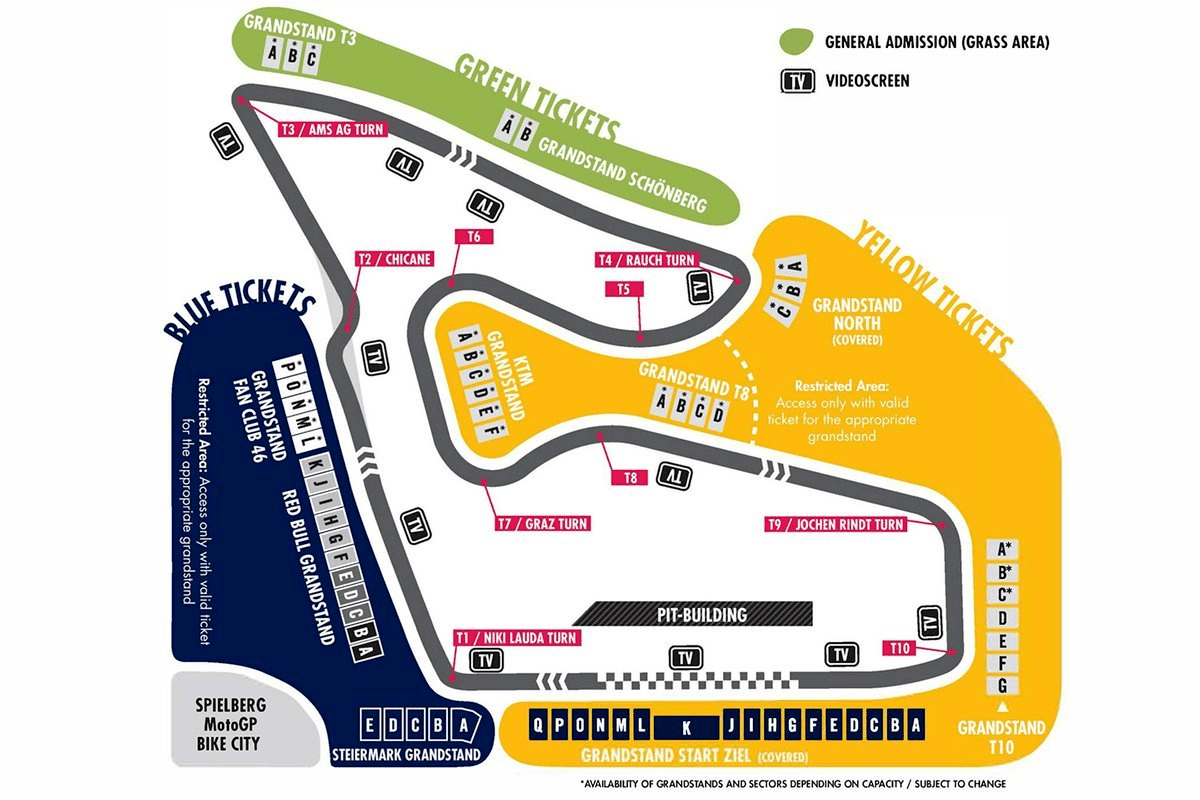
Sure, it’ll slow down the lap time, it’ll ease the pressure on the brakes a little, and it’ll prevent another similar crash to last year’s – but that’s all it’ll do. It won’t fix the issues with sight lines at Turn 1 and Turn 3, and wouldn’t have stopped last week’s crash.
Yet that’s increasingly the direction that MotoGP safety takes; everything seems to be reactive rather than proactive.
A quick (and cheap) fix to address the immediate problems at one corner, rather than a serious look at the root cause of the issue or any attempt to scientifically study the causes and types of crashes that we face.
Earlier this year MotoGP safety officer Franco Uncini described the tragic death of 14-year-old Hugo Millan as simply unlucky.
Millan was the fourth rider in three years to be struck by another while riding Moto3-spec machinery, it’s pretty obvious that there’s a pattern. The people responsible for safety are the ones who should be acknowledging that.
The Red Bull Ring is one of the paddock’s favourite tracks of the year. Beautiful mountain scenery, warm and friendly people, world-class facilities, and a last sector that produces amazing final-lap racing.
It’s a shame that just one short stretch of track lets the whole place down – and it’s even more of a shame that the billionaire owner seemingly isn’t interested in properly fixing the issue as a priority.

